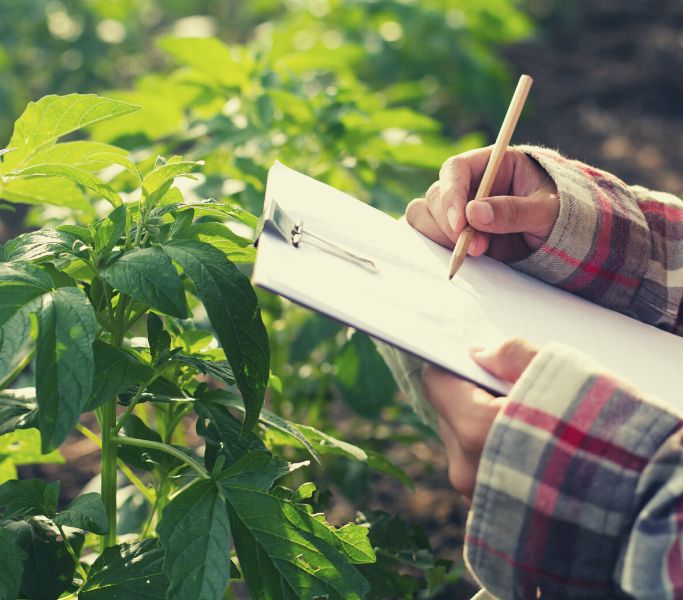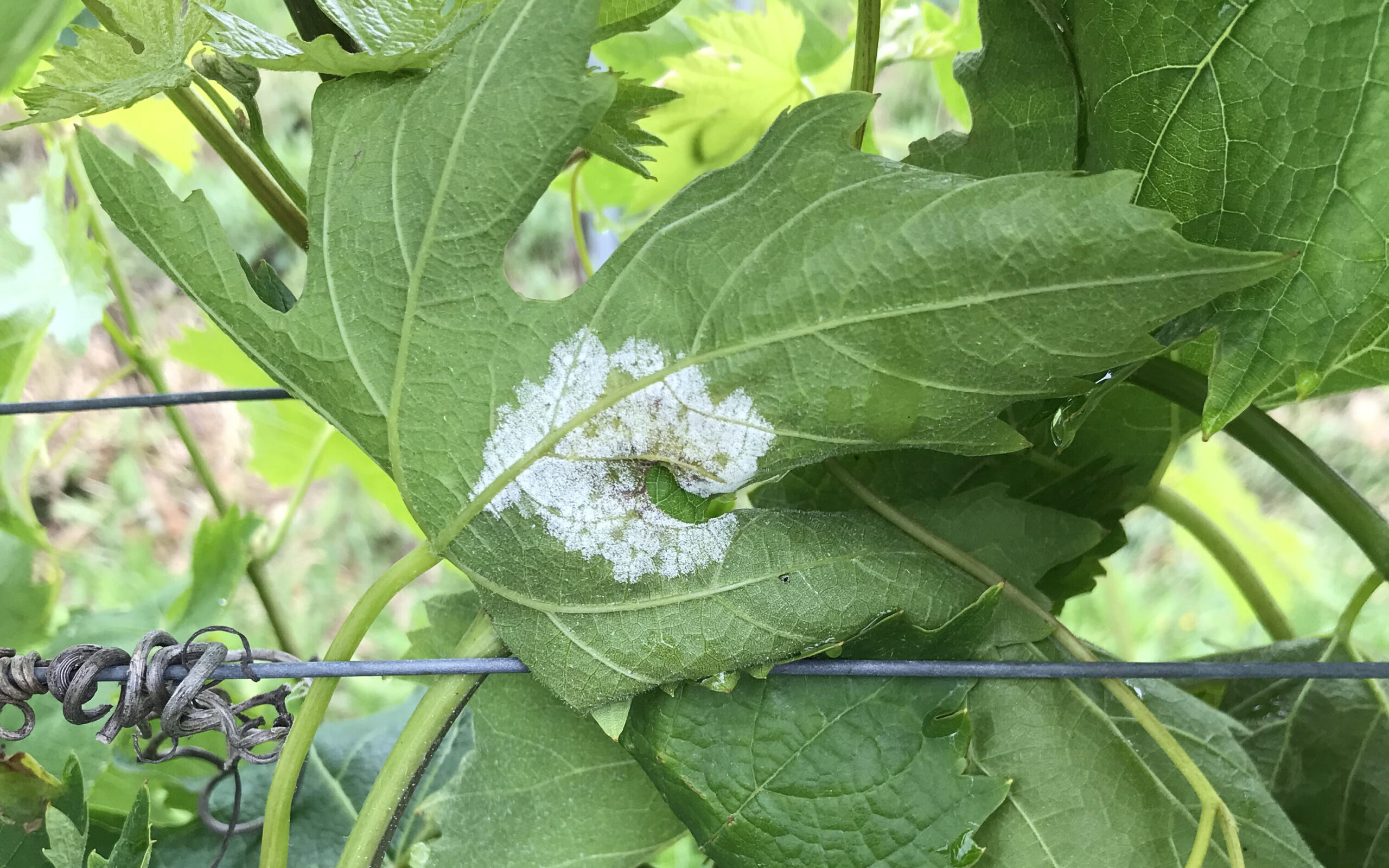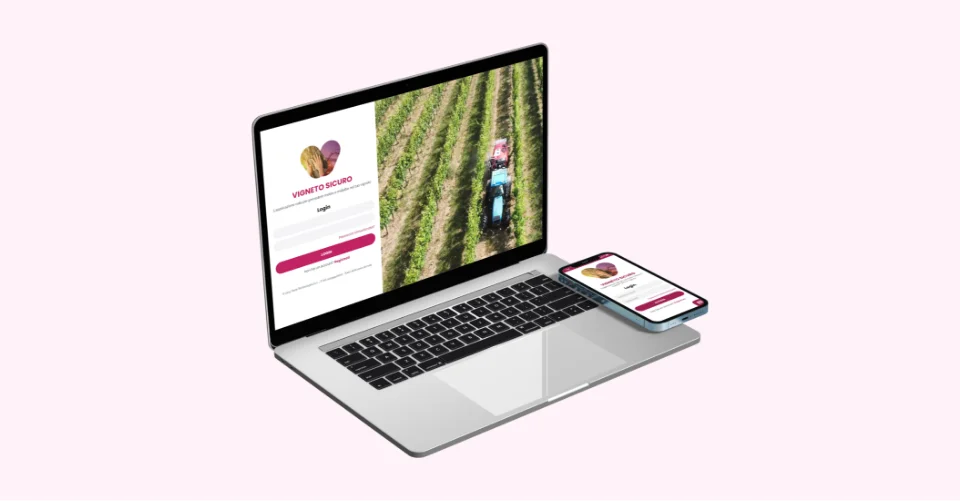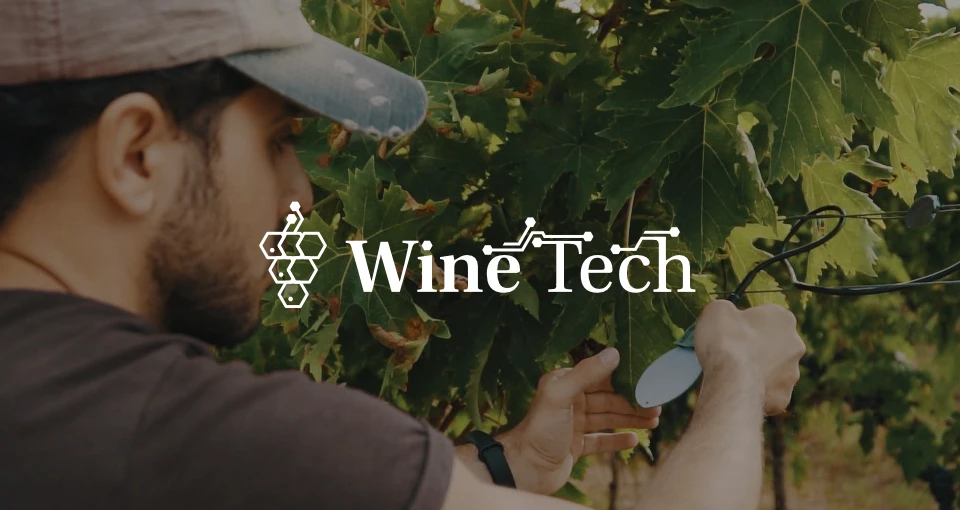Table of Contents
- What is peronospora
- What crops affect?
- Remedies
- Harmful effects on the ecosystem
- How technology can help us
What is peronospora
Peronospora is a disease that affects different types of crops.
It attacks the leaves of the plants, making them curl and eventually die.
This fungal disease is the most common in the family of cucurbitaceae, which includes cucumbers and pumpkins, but generally affects many cultures.
The most common type of fungus that causes the disease is known as parasitic Peronospora: but peronospora can be caused by different types of fungi and can affect both wild and cultivated plants.
In this article we will analyse the main crops that this disease affects, what are possible remedies, how it affects theecosystem and as the technology it can help us, in conjunction with theexperience of farmers and traditional remedies, for prevent it.
What crops affect?
The main crops that peronospora affects are:
- I tomatoes;
- the vine;
- the pink;
- the potato;
- the eggplant;
- the basil;
- thesalad O lettuce.
This disease is not only very annoying for farmers, but also for consumers who want to buy fresh produce.
Generally I symptoms of the peronospora are small yellow spots on the leaves that become larger and become brown with the progress of theinfection.
These symptoms are usually found on lower side leaves where they collect water from rain or dew.
In the next section we will analyse what are the main ones remedies used to prevent this disease in each of the major crops we mentioned.
Remedies
Tomato peronospora
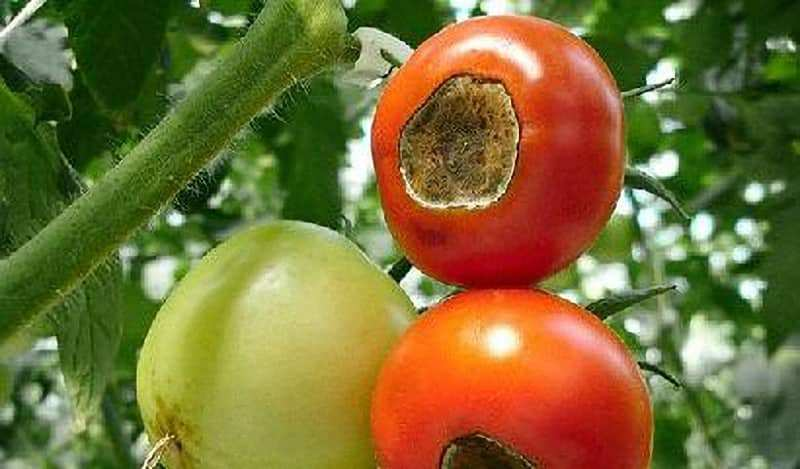
Effects of peanospora on tomato
Remedies for this disease can be of different types and also change depending on the type of disease. crop hit.
The best way to prevent, for example, the peronospora of the tomato it is to use crop rotation practices, which consist of planting a different type of crop each year.
In this case, for example, it is recommended to plant a vintage corn and a vintage tomato.
In addition to this, it is important to keep the cultivation well irrigated during periods of drought to avoid stressing plants.
This is because the disease in question usually occurs when there are high temperatures and low humidity for long periods of time.
A somewhat alternative remedy to the one described above can be to add milk to the soil around the plant or spray milk, or water, mixed with baking soda, liquid dish detergent or hydrogen peroxide on the leaves.
Peronospora of the vine
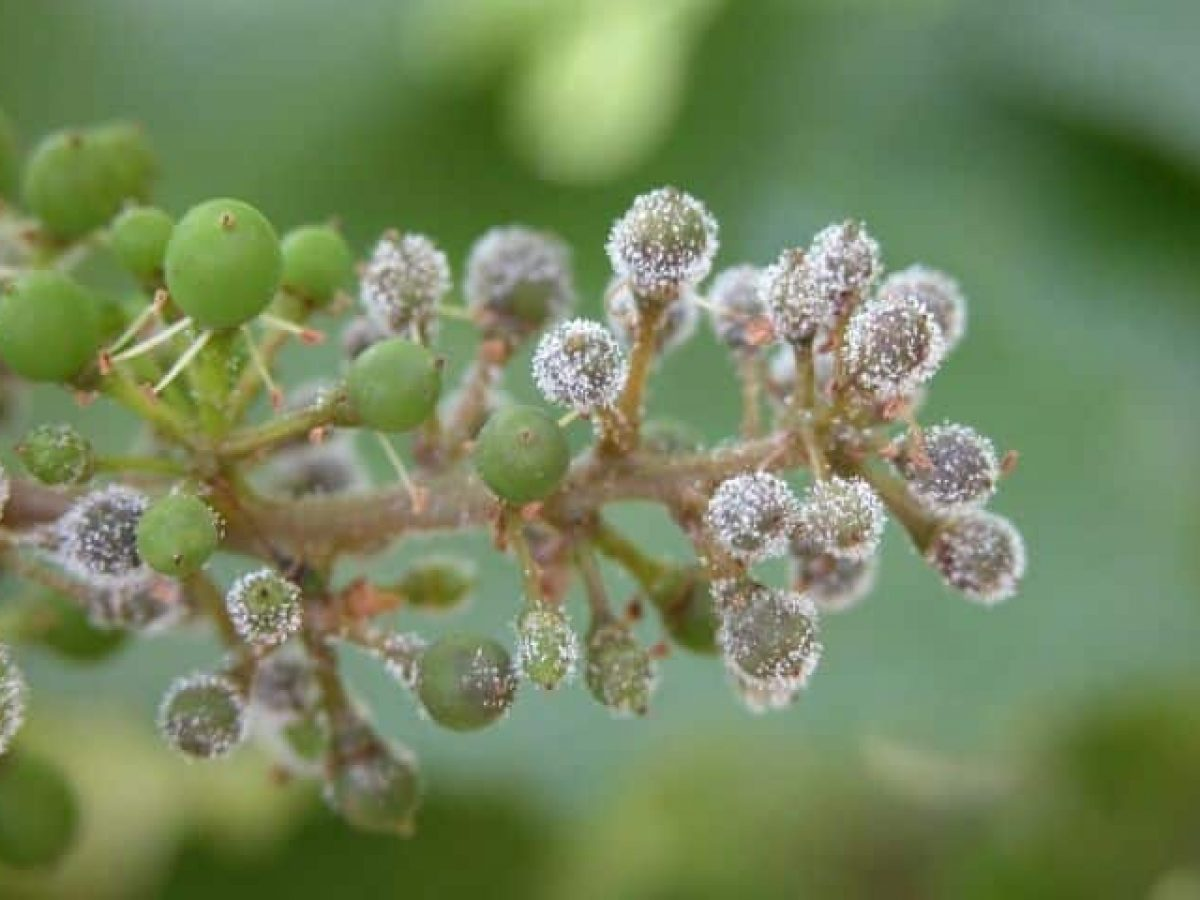
Effects of peronospora on bunches of grapes
Reading the article in the link will allow you to know everything you want to know about peronospora of the vine.
Peronospora of the rose
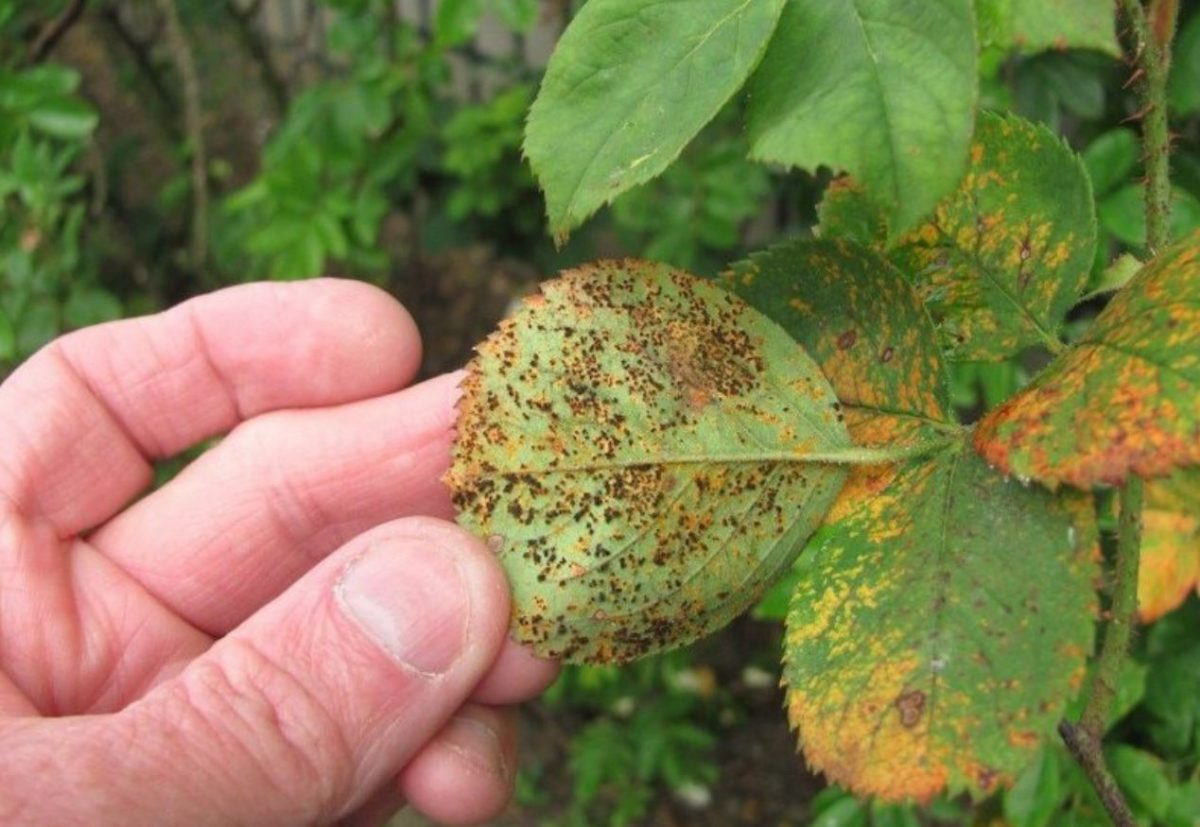
Effects of peronospora on the rose
Continuing with the various crops that can be affected we find the pink, in its case, the fungus is usually found in the soil and can be introduced into roses when planted.
The two main ways to combat the peronospora that usually thrives in humid environments with high humidity and poor air circulation, are:
- the prevention;
- the reclamation.
The prevention it is carried out by planting roses in a well drained soil or using fungicides to prevent the environment from becoming too humid.
I remedies instead, they are used when the prevention it failed and the plant was infected with the peronospora.
There are many different remedies that can be used for treatment, but it is important to remember that not all remedies work for each type of blight.
Finally, in general, there are some good practices that help us to limit the possibility of infection of the rose such as keeping it healthy and well maintained by planting it in a very sunny place and giving it regularly water and nutrients.
It is also good to plant roses in places with good air circulation.
Potato peronospora
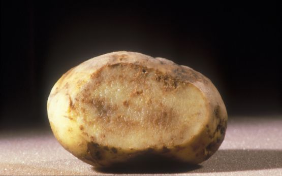
Effects of potato peronospora
Moving forward we find the peronospora of the potato.
When the disease strikes them, our potatoes turn brown and rot. In this case as good practice it is advisable to maintain the terrain dry and weed-free.
It is also recommended to plant potatoes in a place with a good drainage and avoid watering them excessively during the growing season.
The remedy most common for potato peronospora consists of spraying fungicides on the plants.
This can help to preventing the spread of peronospora to other plants, but the desired effect is not always achieved.
Finally, there are also some remedies. natural that farmers can use, such as adding sulphur O copper sulphate in their soil before to plant potatoes.
Eggplant peronospora
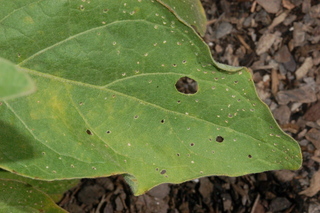
Effects of peronospora on eggplant leaves
Continuing, among the crops mentioned in the previous section we find the eggplant.
In this case the peronospora it can be found in the soil and leaves of the plant in question and is mainly caused by two mushrooms, Plasmopara halstedii e Parasitic peronospora.
The first symptoms in this case are the yellowed leaves eventually they become brown or black.
If you want to avoid the peronospora of eggplants, it is important to maintain a healthy soil with a pH balanced and make sure to plant the eggplant only in well-drained soils.
If you experience symptoms of peronospora, you should use a fungicide to get rid of it before it spreads to other plants in the ground.
Basil peronospora
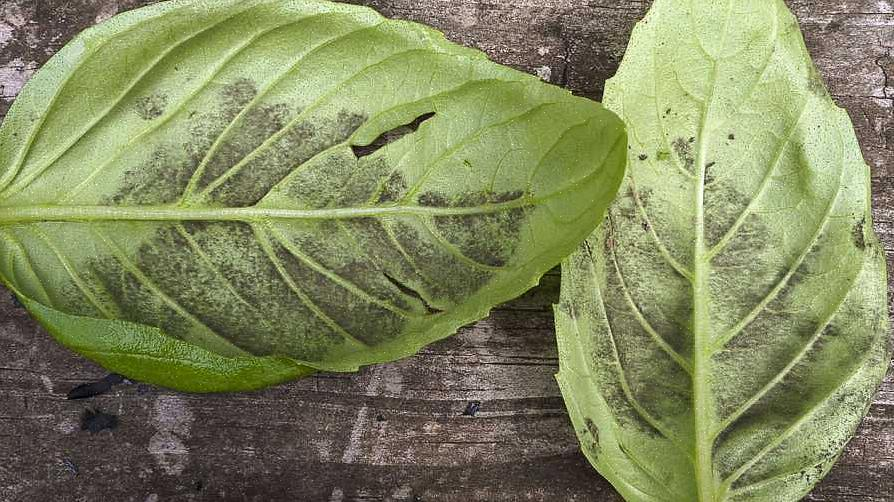
Effects of peronospora on basil leaves
The penultimate plant that will be covered in this section is the basil.
Pseudoperonospora cubensis it is the name of the fungus responsible for the disease in this specific case.
The latter invades the leaves and the stems of the plant, blocking the passage of water e nutrients.
This greatly slows down the growth and production of plants and can lead to a loss the yield and production of products based on poor quality basil.
Here too there are good practices that allow farmers to prevent or limit the spread of this disease.
Starting from the fungicide that is usually a widely used remedy but that many times does not have the desired effect, some good practices to help the plant grow in healthy conditions are:
1) Plant basil in raised flowerbeds with good drainage and spacing between plants
2) Avoid elevated irrigation 3) Use crop rotation so that basil is not planted at the same point year after year
4) Keep weeds out of the garden using mulch or covering them with black plastic (weed cloth).
Lettuce peronospora
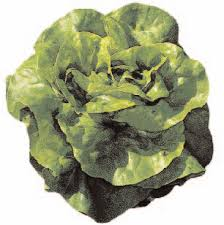
Effects of peronospora on lettuce
Finally, we find the peronospora of the lettuce: in this case, research has shown that the pumpkin it is an remedy excellent because it helps suppress the growth of the fungus that causes the peronospora.
Also in this case crop rotation can help, in fact this approach helps to prevent the spread of diseases or pests that may be present in one type of crop but not in another.
To conclude, what emerges is that basically a mix of good practices and a use weighted of the products phytosanitary they help keep under control the advancement and spread of this disease.
But are these the only ways to get the situation under control?
How much do these products impact on the environment and the final product that we will find on our tables?
Can the use of technology as a support for decision making be a valuable tool to improve the prevention of these diseases?
In the next sections we will answer these questions.

It’s all about prevention.
In a few clicks you will know the weather the evolution of diseases in the your field and you can take preventive measures.
Harmful effects on the ecosystem
In recent decades, there has been a significant increase in the use of chemicals to meet the demands of the wine market.
THEabuse chemicals are not only harmful to the vineyard but have a destructive impact on the entire ecosystem.
The bioaccumulation agropharmaceuticals, i.e. the high concentration of toxic substances, also spill over to foods and the water resources.
The national report on the presence of pesticides in water, drawn up by theISPRA in 2018: ‘In the two-year period 2015-2016,the monitoring highlights a widespread presence of pesticides in water, with an increase in substances found and affected areas. In 2016, in particular, there are pesticides in 67.0% of surface water points and in 33.5% of the underground ones“
The abuse of these substances also puts the health of people at risk. pronubious insects, that is responsible for pollination, such as bees.
One of the main causes of the death of these insects is definitely thepesticide poisoning.
The winemaker must be aware that the agronomic practices that employ phytosanitary, whether of synthesis or natural, indirectly affect the ecosystem, organisms and microorganisms that are not the “target” of the treatment.
Phytosanitary can, depending on how they are administered, disperse into the environment, to:
➔ drift: it happens when the wind moves small particles of dust or droplets of liquid from one area to another.
➔ volatility: it refers to the tendency of a substance to evaporate from a treated surface, and then be transported by the wind to other areas of the field.
➔ run-off: when pesticide residues in the soil through irrigation or rain, they are transported throughout the soil.
➔ leaching: when chemicals due to atmospheric or irrigation phenomena, they bind to water and drain into aquifers.
Substances “natural” allowed in organic farming, for example copper or sulfur is not exempt from the effects on the ecosystem.
The copper it is a heavy metal, it does not dissolve in the environment but it is deposited in the soil and in the fruit, it is used more for the prevention of certain diseases such as the peronospora, the black rot , theescoriosis or the botrite.
The negative effects excessive accumulation of copper is toxic to the screw itself and can lead to a premature fall of leaves and problems in the vinification phase, especially during fermentation since inhibits yeast.
How technology can help us
Although the use of pesticides is regulated by a national law, and every winegrower knows perfectly how to assess the risk of using specific agro-pharmaceuticals and mitigation measures, the dilemma as to when to carry out the treatments remains.
The help of technology is crucial in the decision-making process for the use of pesticides in the vineyard, and it is a valid support to choices dictated by tradition and experience to avoid unnecessary use or abuse of certain treatments.
Precision viticulture offers the winemaker technological solutions to be competitive and sustainable in the sector.
The agritech world is increasingly data-driven, i.e. “collected” data in the field can influence agronomic decisions to optimise resources and be increasingly environmentally sustainable.
The use of these technologies and models capable of detecting diseases optimises the use of plant protection products, among the best known are:
- IoT and weather stations: allow to monitor the microclimate of a plot and to keep under control variables such as air temperature and humidity, foliar wetting, soil temperature and humidity and other variables useful for vineyard monitoring;
- Drones: drones through some photographic surveys allow us to obtain information on different vegetation indices such as the NDVI (Normalised Difference Vegetation Index), NDRE (Normalised Difference Red Edge), GNDVI (Green Normalised Difference Vegetation Index);
- Satellite images: they allow you to monitor the vegetative evolution, detect changes on the head and perfect the production management of your plot;
- Algorithms and forecasting models: through algorithms and the collection of some ground data it is possible to give life to so-called forecast models. These models today allow us to predict the advent of a certain disease of our vineyard and allow us to intervene in a timely and precise way to prevent its development and spread.
The use of technology its main objective is to have under control the real needs of our fields and our crops, together with that of cutting down the costs and the environmental impact related to the use of plant protection products.
We of Vigento Safe we firmly believe that technology can be a valid one. support for the farmers! That’s why we gave birth to PernosporaZero! The first system designed for winegrowers that allows you to prevent the advent of Peronospora of the vine 10 days in advance!
Discover the benefits of Peronospora Zero by reading this Article!
Are you looking for the technological solution that best suits your needs? What are you waiting for? Try for free PernosporaZero and tell us what you think by writing to [email protected] or on our social channels!
Site
- https://www.rete-news.it/fiori-e-piante/peronospora-pomodoro-riconoscerla-curarla.html
- https://www.coltivazionebiologica.it/peronospora-della-vite/
- https://www.coltivazionebiologica.it/malattie-delle-rose/
- https://www.agroscope.admin.ch/agroscope/it/home/temi/produzione-vegetale/campicoltura/colture/patate/malattie/peronospora-patata.html
- https://www.noisiamoagricoltura.com/malattie-delle-melanzane/
- https://aio.osnoi.com/17125/manipolazione-della-peronospora-del-basilico
- https://www.crpv.it/doc/5176/Perospora.pdf
- https://www.isprambiente.gov.it/files2018/pubblicazioni/rapporti/Rapporto_282_2018.pdf
- https://agricoltura.regione.emilia-romagna.it/fitosanitario/temi/difesa-sostenibile-delle-produzioni/uso-sostenibile/patentino/2016/unita-2-effetti-sugli-organismi-non-bersaglio
- https://www.vinoway.com/approfondimenti/vino/viticoltura/item/92-viticoltura-biologica-effetti-del-rame.html
